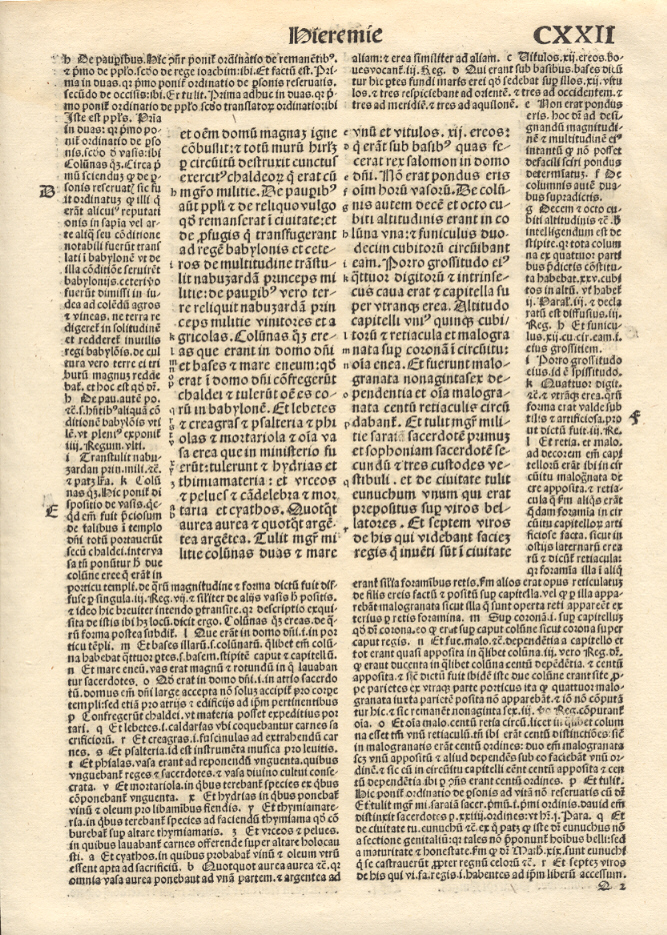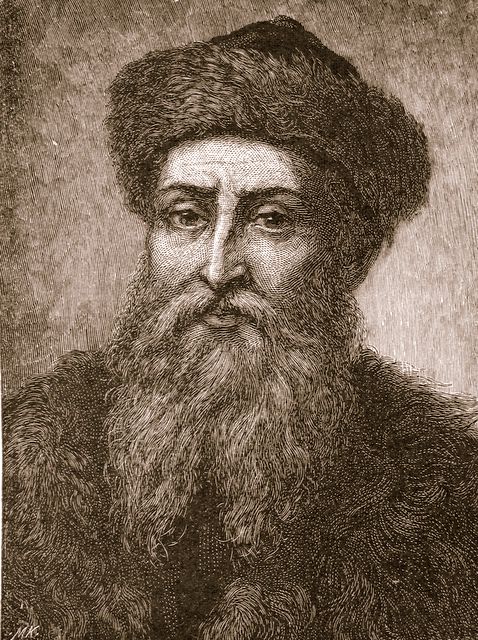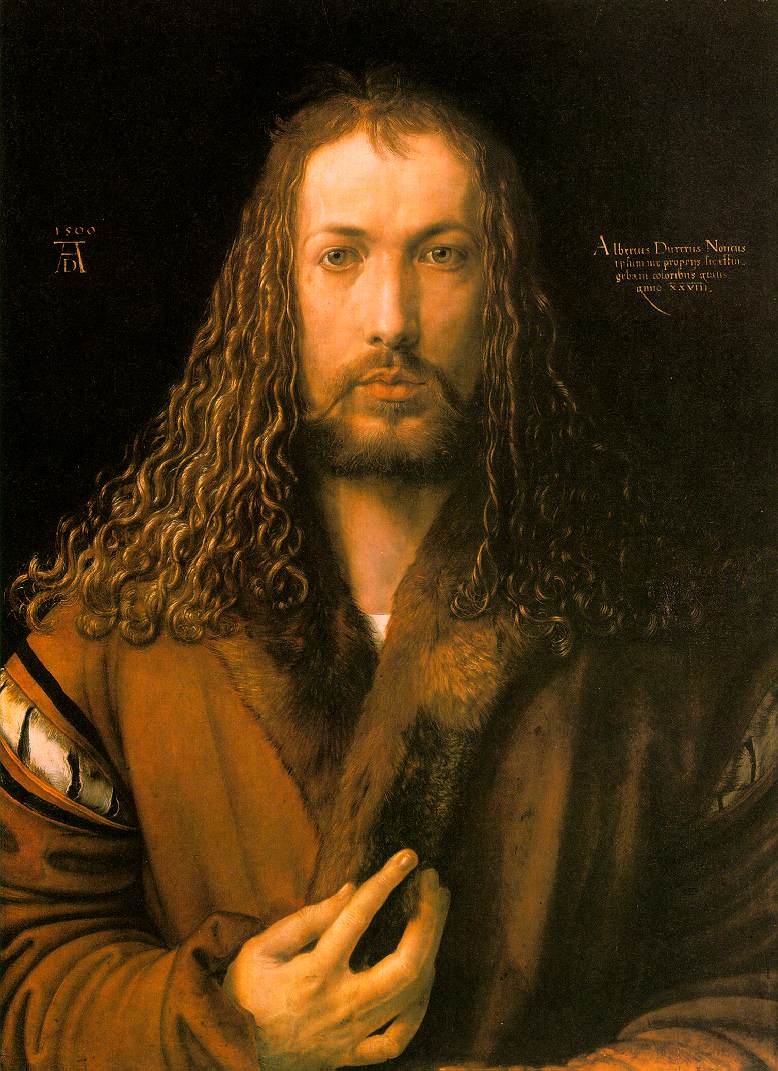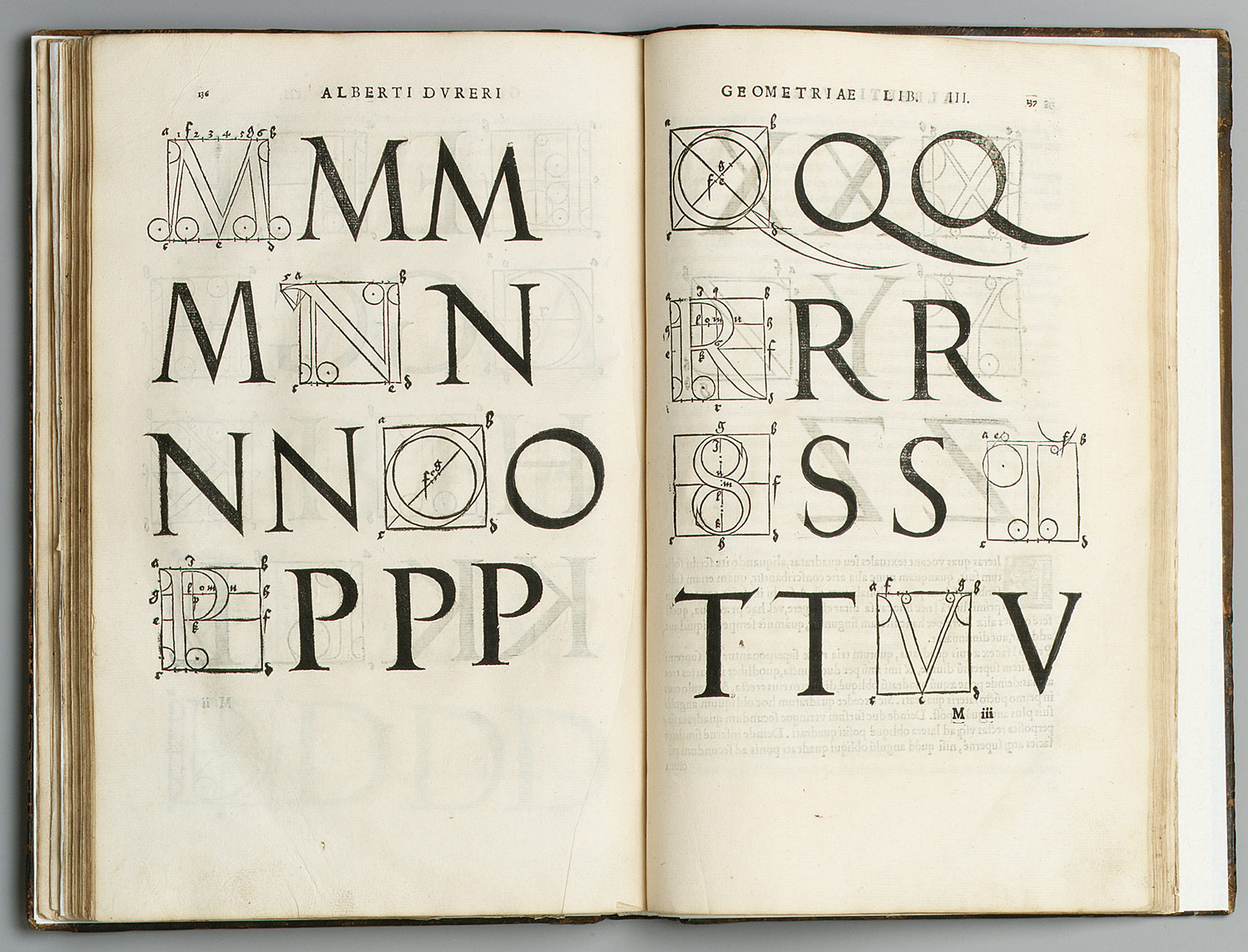An incunabulum is a book, single sheet, or image that was printed- not handwritten!-before the year 1501. Incunabula is latin for "swaddling clothes", implying the infancy or early stages of something.
The Introduction of Rag Paper
The word paper comes from the ancient Egyptian writing material called papyrus.
Papyrus plants were quite fastidious so it was hard to produce papyrus.Thus parchment (or vallum) which was made out of sheepskin or calfskin replaced papyrus. In the meantime, in China bamboo was the writing material, but it was very heavy and awkward to transport. All of these materials were either rare or costly. So a seach was provoked for a cheaper and easier to produce writing surface.
Paper remained a luxury item until steam-driven paper making machines were invented in the 19th century. Before this era, books and newspapers were rare objects thus illiteracy was very normal. But with gradual introductionof cheap paper; newspapers, books etc. became available to nearly all of the members of the industrial society.
Johannes Gutenberg
He was a German goldsmith and inventor who invented the technology of printing with movable types in 1447.
Gutenberg began experimenting with metal typography around 1430 since to reproduce wood-block type was very challenging.
He determined that metal type could be reproduced much more easily and quickly once a mold had been created.
In 1455, Gutenberg demonstrated the power of printing press by selling copies of a two-volume Bible (Biblia Sacra). This Bible caused a cultural revolution. But still, it lacks many modern print features such as pagination, word spacing, paragraph breaks etc.
An example of movable metal types.
The inside pages of the Gutenberg Bible.
The Gutenberg printing press.
The Golden Canon of Page Construction
Raul Rosarivo was the first one to analyze Renaissance books with the help of compass and ruler; and he concluded that Gutenberg applied the golden canon of page construction to his work.
 |
Albrecht Dürer
He was a German painter, wood carver and mathematician. He made great contributions to graphic design by analyzing geometry of letters and works on book design.
A page from Dürer's book Unterweysung der Messung (A Course on the Art of Measurement) in which he analyzed the geometry of letters.









Printmaking can be divided into four basic categories
YanıtlaSilrelief, intaglio, planographic, and stencil. Relief printmaking is one of the simplest types of
printmaking, in which material is carved or taken away from around the protruding design that is to be
printed so that only the design appears.